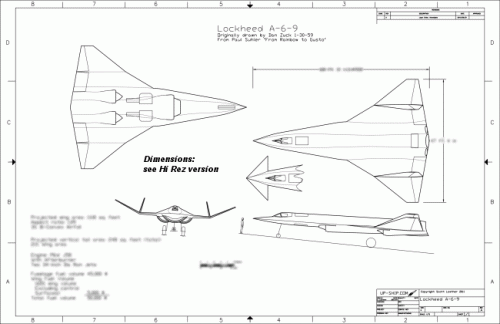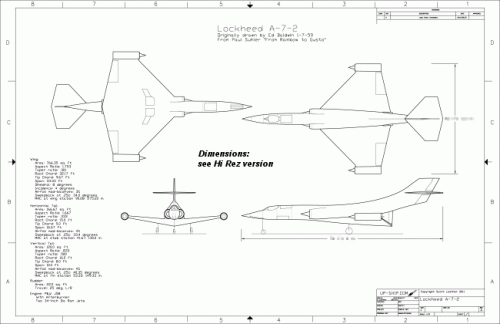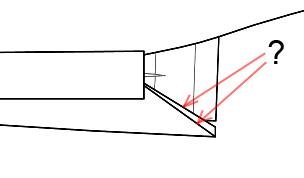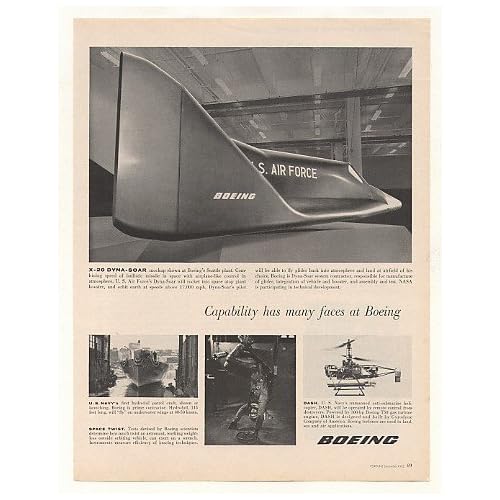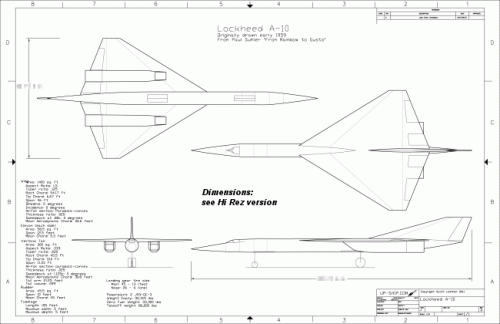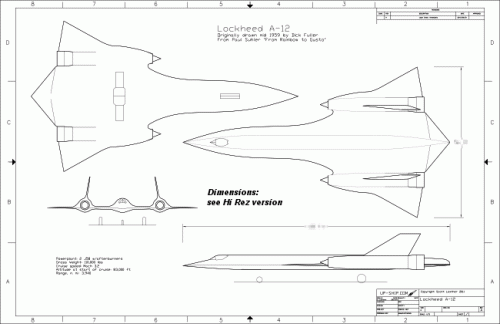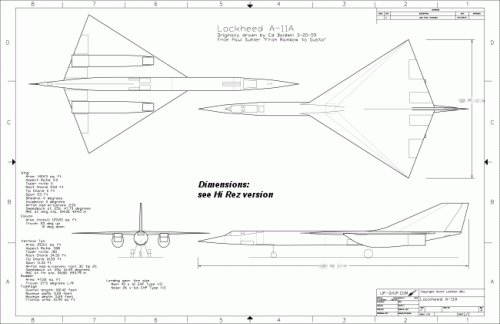Lockheed Archangel A-6-9 (pre-SR-71)
Go ahead and *try* to claim that this design isn't damned futuristic. It'd make a perfectly fine "Aurora," IMHO.
Get the high rez: http://up-ship.com/blog/?p=10876
Go ahead and *try* to claim that this design isn't damned futuristic. It'd make a perfectly fine "Aurora," IMHO.
Get the high rez: http://up-ship.com/blog/?p=10876

